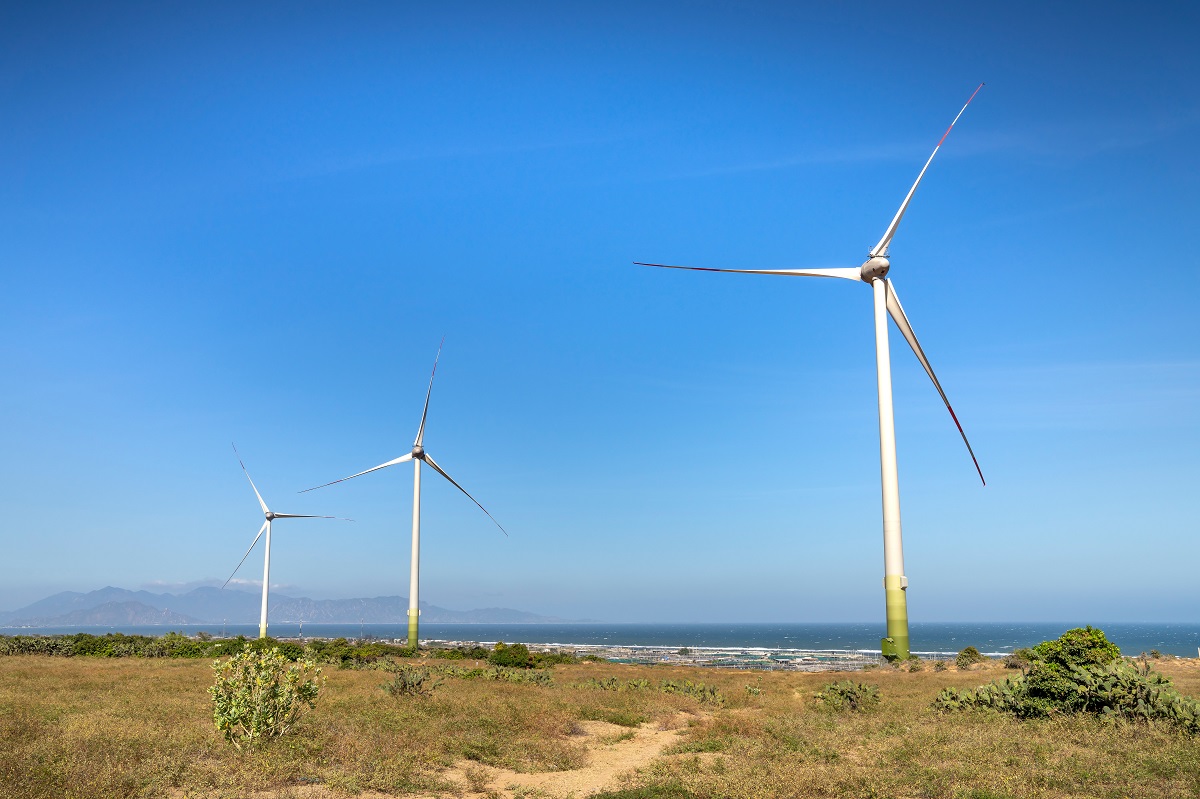Since plans were first published in 2018, the state government of New South Wales (NSW) has increased the intended installed power production capacity for one of its five renewable energy zones (REZs), as more businesses have promised net-zero greenhouse gas (GHG) emissions commitments. NSW also intends to build hydrogen and ammonia production centers using renewable energy sources.
The NSW state administration’s REZ in the New England area of the state’s northern region expects to have up to 8,000MW of installed wind and solar power, up from 5,500MW in the original agenda.
The projected New England REZ’s area has been reduced as the NSW government works to establish a legislative framework for the zone. The REZ’s anticipated network capacity, location, and infrastructure are all outlined in this statement.
The Infrastructure Planner will be the NSW government-controlled Energy Corporation of NSW (EnergyCo NSW), which will oversee generating, firming, storage, and transmission projects, according to the statement.
“The New England REZ will drive A$10.7bn ($7.53bn) in private investment,” said James Hay, EnergyCo NSW chief executive, as quoted by Argus Media.
NSW has also increased the number of REZs in the state between three and five by establishing zones in old coal-mining regions such as the Hunter Valley and Illawarra, where [hydrogen hubs are also planned], in addition to the Central-West Orana REZ and the South-West REZ.
In September, NSW increased its GHG emission reduction target to a 50% reduction by 2030 from 2005 levels, up from a previous objective of a 35% reduction. In the last 12 months, coal-fired plants generated 68.5 percent of NSW power, gas contributed 1.6 percent, another 7 percent was imported from neighbor states, and the rest came from renewable energy sources.

